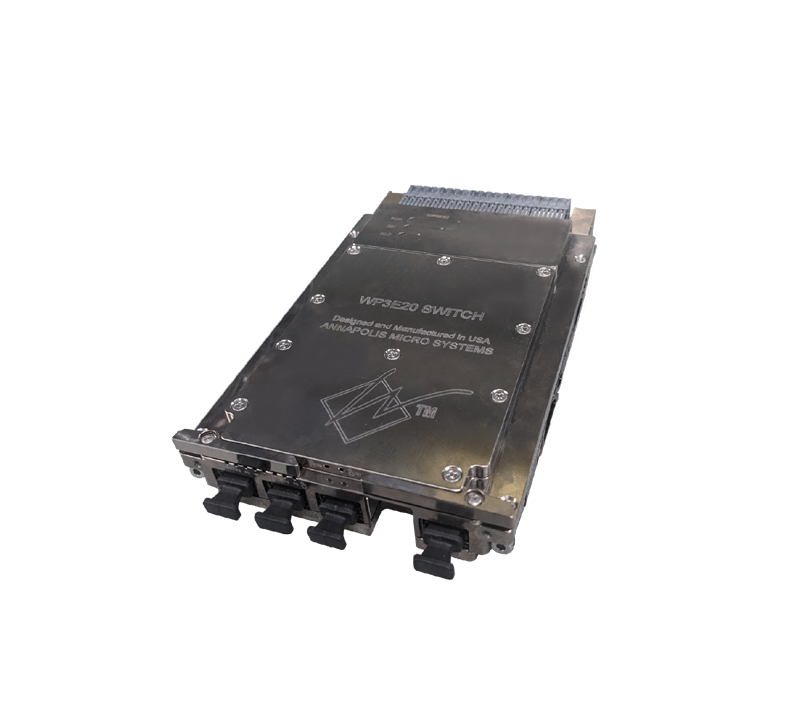The view from Mostek
Mostek was an innovator in NMOS devices when I joined them in 1978. They were the dominant supplier of 16-Kbit DRAMs, which produced quite a cash flow to support things like a Microsystems division, which is to say a board business.
The company’s first successful venture into microprocessors was as a second source for Zilog’s Z80. (One may as well say “first” because Mostek manufactured Zilog’s first Z80s.)
On the board side, Mostek entered into a joint venture with Prolog Inc. of Monterey, California to define and promote the STD bus, which featured boards about 4″ x 6″ and a bus that included variations that accommodated Z80, 8080, and 6800-type signals.
It was a good success commercially, the Prolog guys were great, and all of us at Mostek felt good about the idea of working cooperatively with other companies.
Nowadays companies commonly collaborate to define new standards, but that was not the case in the early ‘80s. It seemed like semiconductor companies pretty much hated and distrusted each other. Our company-cooperative feeling from the STD bus experience was fairly evangelical for the times.
Then Mostek and Signetics signed up to be second sources of Motorola’s 68000, which was a 16-bit device externally and 32-bit internally. Our first attempt at defining an associated bus structure was participating in the IEEE Futurebus project, but it quickly became obvious that the effort would never produce results within our timeframe.
I’ve never known when to believe marketing guys, but Mostek’s story is that Ron Baldridge, one of our strategic marketeers, initiated the VMEbus by calling one of his opposite numbers at Motorola. They agreed to also invite Signetics to an exploratory meeting.
The companies started pretty far apart in their interests in board-level products. We specialized in simple little boards that sold for under $100, while Motorola had huge boards that were descended from their Versa development systems and cost thousands. Signetics had no board business but showed corporate nimbleness by hiring Cecil Kaplinsky from their Philips parent, a man who could figure out how to connect almost anything, as well as help bring a disparate group into consensus.
I recall the first day of the first meeting as pretty dreadful. Motorola kept sending up one speaker after another, to impress us with how wonderful they were.
But the second day was much more productive. Hardly any of the speakers from the first day were part of the subsequent discussions that led to the VMEbus. Motorola’s first-day technical lead Jack Kister, who seemed part of the “old school” of intercompany relationships, was succeeded by John Black, whose intelligence and graciousness helped hold the whole thing together for the rest of the sequence of meetings that resulted in the VMEbus.
John was also the lead author of the VMEbus spec. His ability to simplify and abstract technical ideas into easy-to-understand words astounded me. Since then I’ve done a lot of specifying and technical writing and have always regarded John as my ideal of how to communicate difficult ideas.
In summary, I view the VMEbus effort as the first important instance of constructive technical cooperation among industry leaders, resulting in an openly available standard that has become the rule since then.









